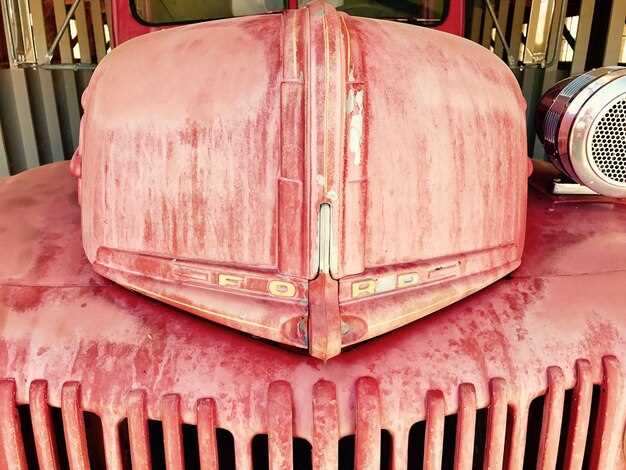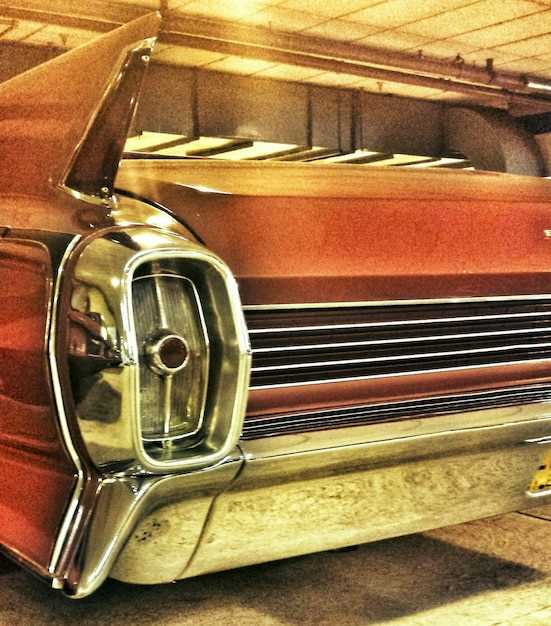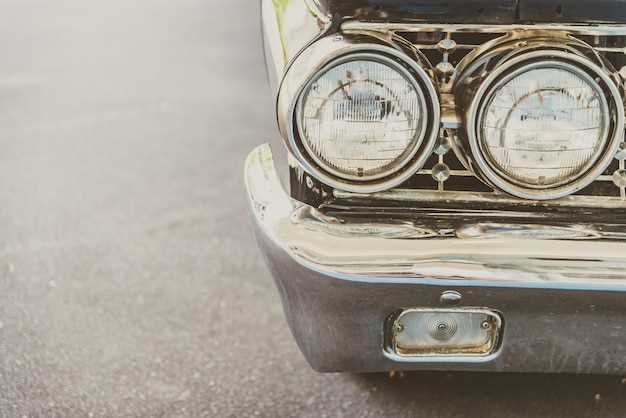
The preservation of classic cars requires not only a passion for these historical vehicles but also an understanding of the best storage practices. Proper storage is essential in safeguarding the car’s condition over time, ensuring that it retains its original beauty and functionality. The right approach to storing your classic car can help prevent rust, fading, and other forms of deterioration that can occur when a vehicle is left exposed to the elements.
Choosing appropriate storage solutions for your classic car involves considering various factors such as climate control, security, and accessibility. A well-structured storage environment can protect the car from extreme temperatures, humidity fluctuations, and physical damage. This article will explore optimal storage ideas that cater specifically to the needs of classic car owners, emphasizing strategies that enhance preservation.
Whether it’s a spacious garage, a dedicated storage unit, or even a custom-built car shelter, selecting the right space is crucial. Understanding how to prepare the vehicle for storage, alongside implementing effective protective measures, can significantly extend the lifespan of your treasured automobile. Join us as we delve into practical tips and techniques that will help you effectively store and maintain your classic car.
Temperature Control Solutions for Classic Cars

Proper temperature control is crucial for the preservation of classic cars, as extreme temperatures can lead to deterioration of materials and mechanical components. One effective solution is the use of climate-controlled garages, which provide a stable environment regardless of external weather conditions. These garages typically utilize insulation, heating, and cooling systems to maintain optimal temperatures throughout the year.
An alternative solution involves the use of temperature monitoring systems. These devices can alert owners to fluctuations in temperature and humidity levels, allowing for timely adjustments. Integrating smart home technology can enhance this solution, enabling remote monitoring and control from anywhere.
For those who cannot invest in a climate-controlled garage, portable air conditioning units and heaters can be utilized in storage spaces. Combining these units with dehumidifiers can further reduce humidity levels, protecting the car from rust and mildew.
When storing classic cars in non-climate-controlled environments, using thermal blankets or car covers specifically designed for temperature regulation can offer an additional layer of protection. These covers help to stabilize temperature fluctuations and shield the vehicle from direct heat and cold.
Ultimately, investing in appropriate temperature control solutions is essential for the long-term preservation of classic cars, ensuring they remain in excellent condition for years to come.
Choosing the Right Materials for Protective Covers

When it comes to preserving classic cars, selecting the appropriate materials for protective covers is crucial. The right solutions not only safeguard your vehicle from environmental damage but also enhance its longevity. Various materials are available, each with unique properties that cater to specific needs.
Polyester fabric is a popular choice due to its durability and resistance to tearing. This material offers excellent waterproofing capabilities, protecting the car from rain and snow while allowing moisture to escape. Additionally, its lightweight nature makes it easy to handle and store.
Another excellent option is cotton, which provides a soft and breathable cover. Cotton protects the car’s finish from scratches and minimizes condensation buildup, making it suitable for indoor storage. However, cotton should not be used in wet conditions, as it may retain moisture, leading to mold growth.
For those looking for enhanced protection, consider using covers made from a blend of synthetic materials. These solutions combine the best features of polyester and cotton, offering both durability and breathability. They can effectively shield your car from UV rays, preventing color fading and damage to the paint.
Lastly, reflective materials are highly recommended for outdoor storage. These covers reflect sunlight, maintaining a stable internal temperature and preventing heat buildup, which can warp components over time. Reflective materials are ideal for areas with intense sunlight.
In conclusion, choosing the right materials for protective covers is essential in maintaining the value and condition of classic cars. Assess your specific storage needs, considering factors such as location and environmental conditions, to select the best solutions for your vehicle.
Storage Location: Home Garage vs. Professional Facilities
When it comes to preserving classic cars, the choice of storage location plays a crucial role in maintaining their condition. Home garages and professional facilities each offer unique solutions that cater to different needs and preferences.
A home garage provides immediate accessibility, allowing owners to frequently check on their vehicles. This familiarity can be comforting, especially for those who enjoy DIY maintenance or restoration projects. However, not all home garages are created equal. Factors such as temperature control, humidity levels, and security must be considered. A poorly insulated garage may expose the car to extreme temperatures, increasing the risk of damage to paint and mechanical components.
On the other hand, professional storage facilities specialize in car preservation. These venues often feature climate-controlled environments that help regulate temperature and humidity, significantly reducing the likelihood of rust and deterioration. Additionally, many facilities offer 24/7 security measures, providing peace of mind that the car is safe from theft or vandalism. However, owners must weigh the cost of these services against their budget, as professional storage can be considerably more expensive than using a home garage.
Ultimately, the decision between a home garage and a professional facility boils down to individual priorities. Those who prefer hands-on involvement might opt for their home garage, while others focused solely on preservation may find that a professional environment offers the best long-term solutions for their classic car.




